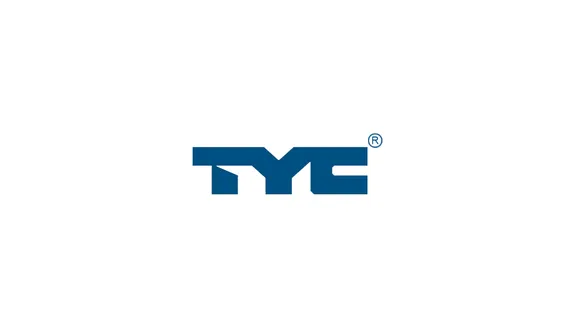
Port of Amsterdam
Transitioning to circular industry
One thing that is a constant at the Port of Amsterdam is change. I amsterdam took a tour with James Hallworth, the Sustainable and Circular Industry Manager. In his over 15 years on the job, he has seen the vital role the Port plays:

Facilitating the transition to a circular economy has required a complete overhaul of the linear way of thinking and doing business. “In a circular economy, companies function as parts of a larger ecosystem rather than like links in a chain. Relationships are more symbiotic, with different parts of the ecosystem interacting with each other as they work towards mutually beneficial goals.”
In the last few years, the Port has taken steps to shift its core industries and forge new connections that promote a more sustainable way of working. This means connecting the dots between the Port’s many occupants, helping them find smarter solutions right in their own backyard:
Making innovation part of the ecosystem
The bar is set high for the future. By 2030, Amsterdam aims to reduce raw material consumption by 50% and become a waste free economy by 2050. In order to meet these ambitions, innovative solutions are needed to create an economy that is circular by design. Enter Prodock - the Port's innovation hub.

Founded in 2015, Prodock is an initiative to give future-forward entrepreneurs a place for innovation and experimentation within the Port community. It does this based on providing 3 pillars: a space to test, community to learn from, and launch pad to major industrial players.
The limit for Prodock residency is 5 years, meaning companies come here to accelerate and then take off. This hub has helped many innovative initiatives get off the ground including The Great Bubble Barrier, Photanol, and Climate Cleanup.
Although the first physical space for Prodock closed late 2024, Prodock 2.0 is already in the works and expected to open its doors in 2026.
Exploring new sources of clean energy
Tour the Port of Amsterdam today, and you’ll see every type of energy production method you can imagine – except fossil fuel. That’s because the Port of Amsterdam is on the way to banning fossil terminals and has pledged to stop handling coal completely by 2030.
They are already facilitating this transition with many of their customers, helping them to find future-proof ways to do business:

Amsterdam as a base for logistics operations
The Port of Amsterdam’s geographic location lends it a strategic advantage. With easy access to both the city centre and major water ways (via the world’s largest sea lock), the Port benefits from a high level of connectivity. Exemplifying this is the newly built CTPark Amsterdam City , a sustainably built last-mile logistics centre that is easily accessed by major road and waterways. From this hub, goods can be efficiently offloaded, stored, and delivered to their final destination via electric vehicle.

Amsterdam is known globally for its leadership in circular innovation, and the Port of Amsterdam is at the epicentre of implementing these solutions at scale. Whether people come to work or set up their business to implement new technology that adds value: everyone is contributing to a more sustainable ecosystem. When it comes to shaping the future, the Port of Amsterdam is the place to be.
To learn more about doing business in this location, contact the amsterdam inbusiness expert in your sector. .









